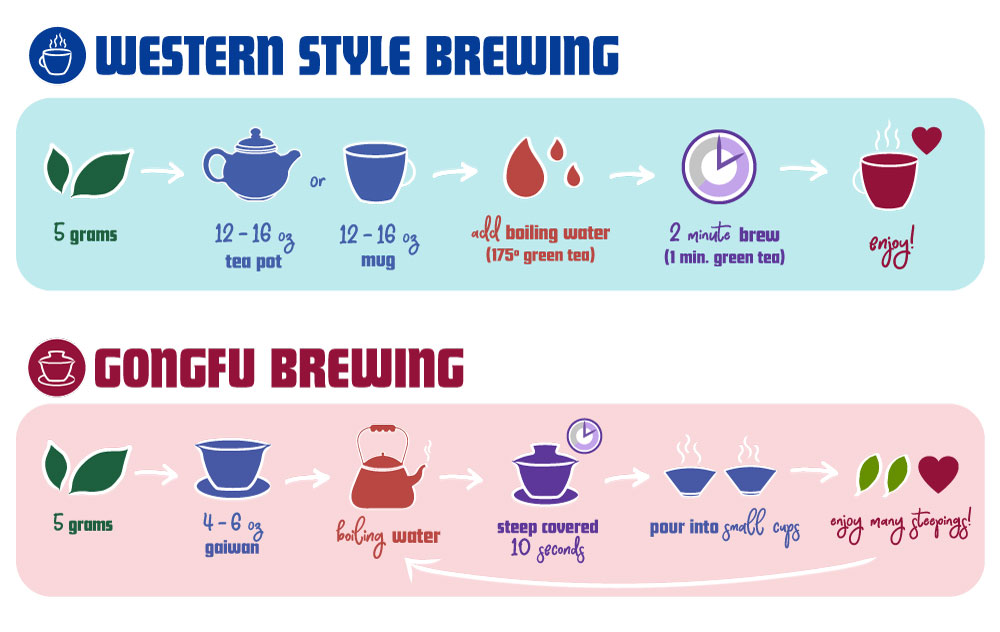filters :
out of stock


Tongmu is a beautiful protected region within the Wuyi Ecological Preserve known for its rocky volcanic slopes. Tea grows wild from seed in cracks between rocks, and the LI Family scales the hillsides to forage these special teas every spring.
These fully wild teas are self-propogated from seed and left untended throughout the year.


These varietal-specific tea trees were planted generations ago, but allowed to grow without trimming or intervention, creating a mossy biodiverse ecosystem and towering tea plants with deep roots for complex and stunning teas.
These old growth wild arbor teas were intentionally planted but left untended throughout the year.


The He Family has been wild-foraging on the Daoist holy mountain of Laoshan for generations to prepare traditional Chinese medicine. Recently, they have started finishing herbal leaves using masterful green tea craft.
These wild foraged herbal teas are self-propogated from seed and grow untended across Laoshan.


White tea has been growing on the mountains above Wuyangcun for hundreds of years. With white tea becoming popular across the world, Mr. Wu stepped in to protect these groves, even as other families tear out old tea trees for higher yield bushes.
These old growth wild arbor teas were intentionally planted but left untended for decades.


Wudongshan is the terroir for fine Dancong. While many individual Dancong tea trees are ancient, they are varietal-specific. Huang Ruiguang keeps a grove of seed-propagated old-growth Dancong closer to true wild tea to express the unique flavor of Wudongshan.
This old growth wild arbor tea was intentionally propogated from seed and left untended throughout the year.


Master Zhou works with the Li Family in the Zhenyuan Dongsa Cooperative to advocate for environmental stewardship and conservation for the tea tress in Qianjiazhai. In the Mt. Ailao National Forest Preserve, tea grows as tall as trees with deep roots and stunning complexity, foraged and protected across generations.
These wild tea trees are self-propogated from seed and grow untended, enduring across centuries.
Wild Tea vs. Wild Arbor Tea
Wild Arbor is a term used especially in the pu'er world, and while it is similar to truly wild tea, there is one key difference. Wild arbor tea was planted deliberately, while truly wild tea is propagated naturally from seed. Seed propagation means huge genetic diversity that sets wild tea apart from wild arbor.
For a tea to be called wild arbor (or wild), it needs to be grown and cultivated with essentially no intervention - no trimming, no chemicals, no watering. Because of this, wild tea or wild-arbor tea can only grow successfully in balanced ecosystems that naturally support the tea plant without human assistance.






 Learn More About Chinese Black Tea
Learn More About Chinese Black Tea
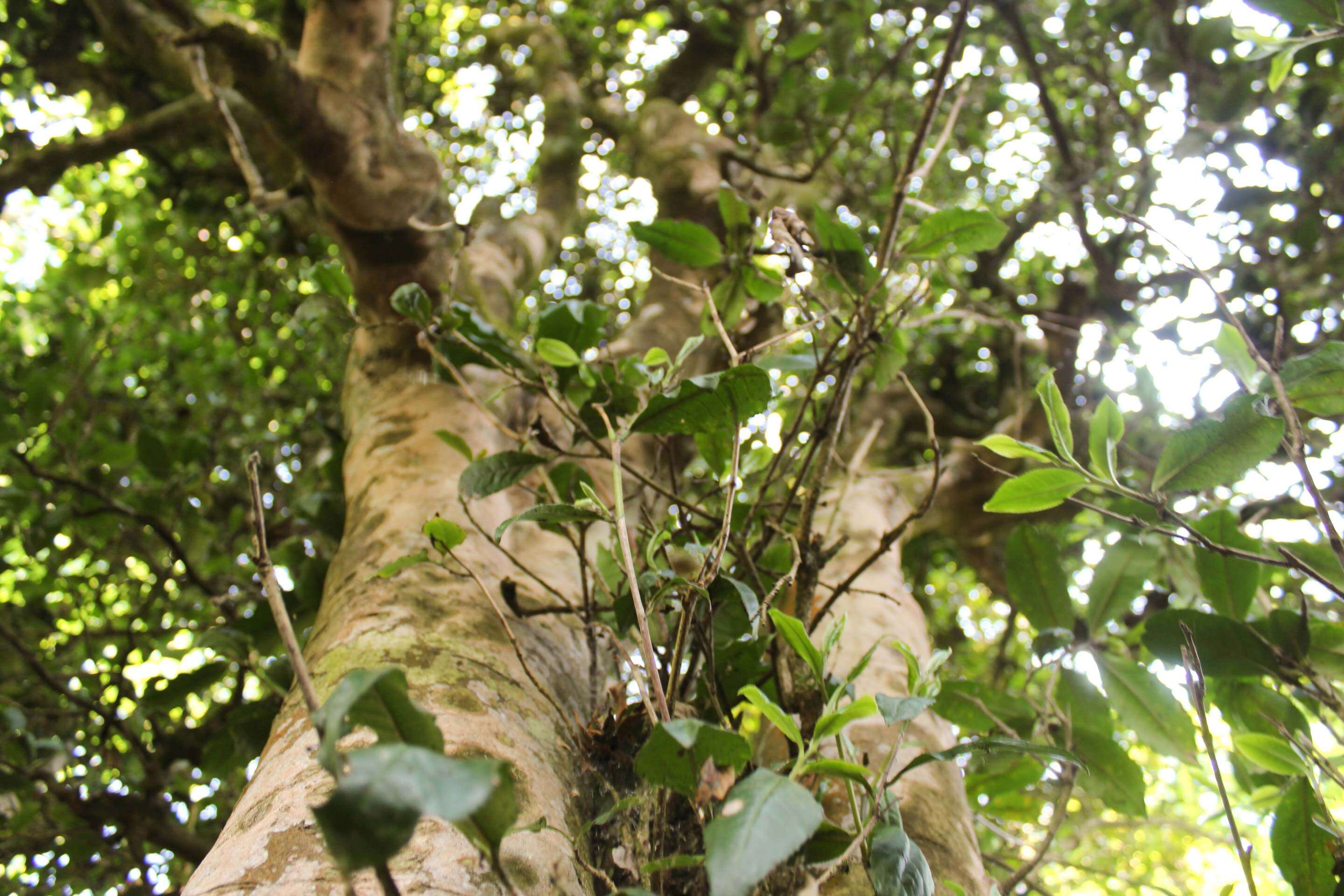

Teas from small family farms like the Dongsa Cooperative are more flavorful, more nuanced and grown using cleaner organic black tea practices.
Our partners Chinese black tea benefits from mountain springs, misty peaks, and traditional organic black tea cultivation without pesticides or fertilizers.
Their loose leaf tea is sealed right after harvest in 5g and 25g black tea bags to lock in fresh aromatics.
Expect rich malty flavor, long sweet aftertaste, and the ability to steep the same leaves many times.
How is black tea made by our partners in China?
Tea farmer Mr. He explains the process from hand-picking and withering black tea loose leaves to oxidation and heat fixing, to the final roast.
Wondering about Chinese Black Tea caffeine levels?
Did you know? It’s a myth that black tea has more caffeine than other teas. Caffeine depends on picking season, bud to leaf ratio, steeping style and more.
We break down the real deal with caffeine in tea >>
For Chinese black tea recipe ideas, check out our guide to mocktails.
Start with a strongly-brewed iced tea as a base, and then elaborate with your favorite herbs, sweeteners and fruit juices. Garnish with citrus peel, or a sprig of mint. If you start with good tea, you can’t go wrong!
How to brew Chinese black teas:
Great black tea should be sweet, cozy and never bitter.
For buddy teas, try a lower temperature and longer brewing time to bring out texture and sweetness. For large leaf black tea, use hotter water.
Add any tea to your cart and automatically get a free sample on your order. We ship from the US within 2 business days (usually faster!) and we’re here to answer all your questions from picking the perfect tea to brewing. Get in touch >>>


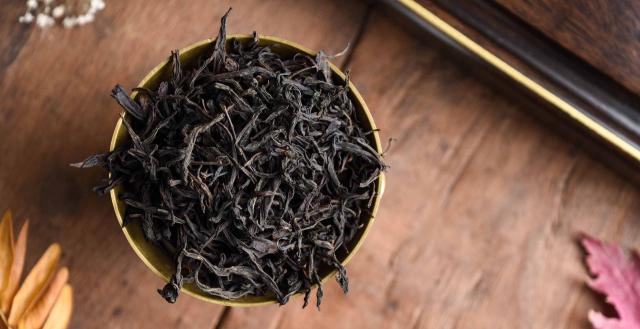





















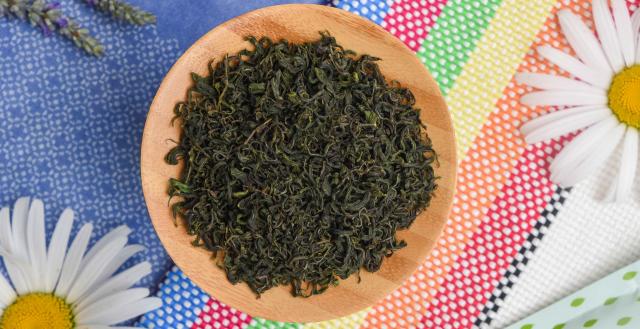




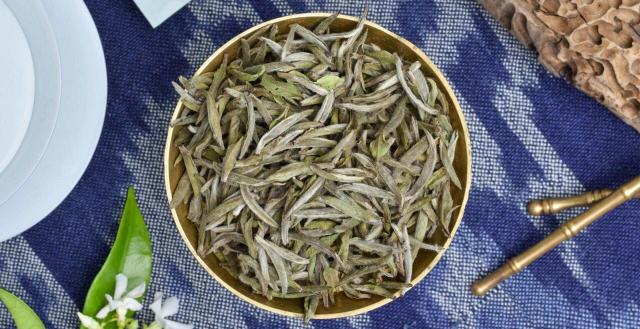




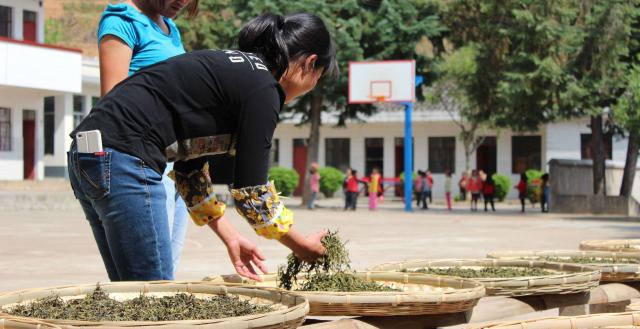
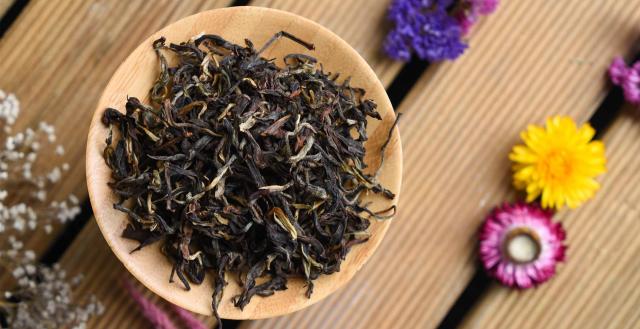
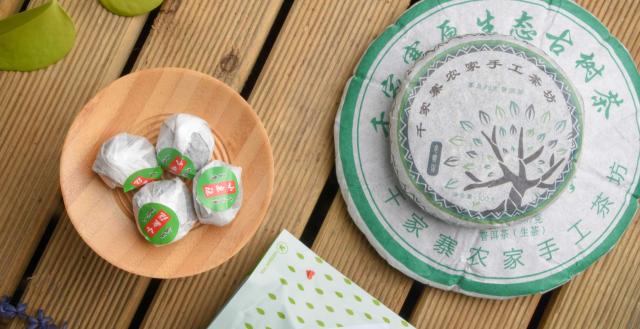
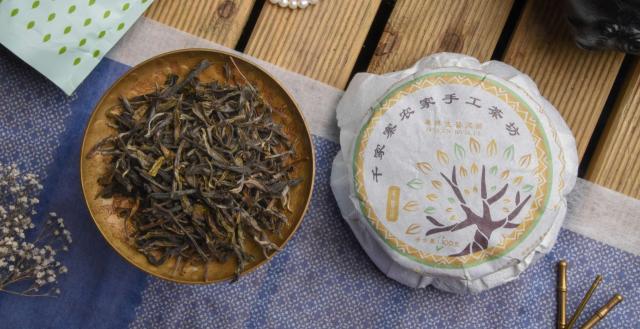


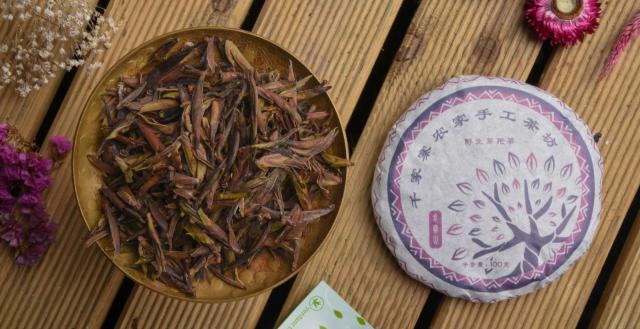
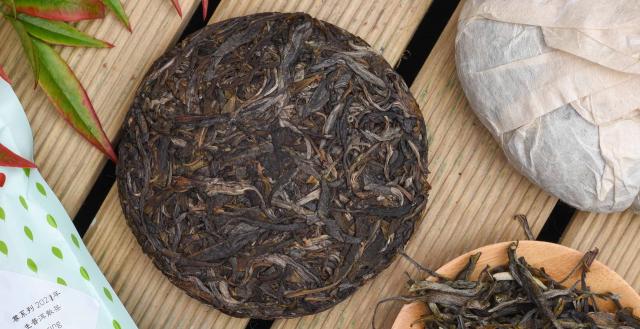
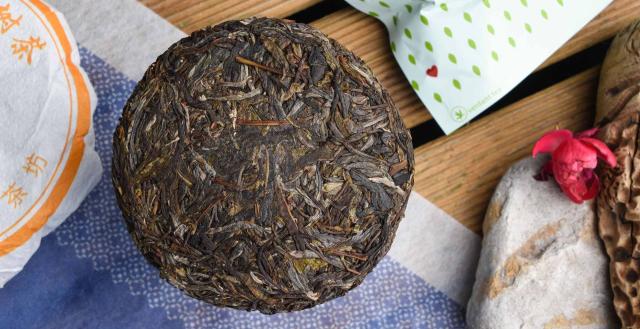


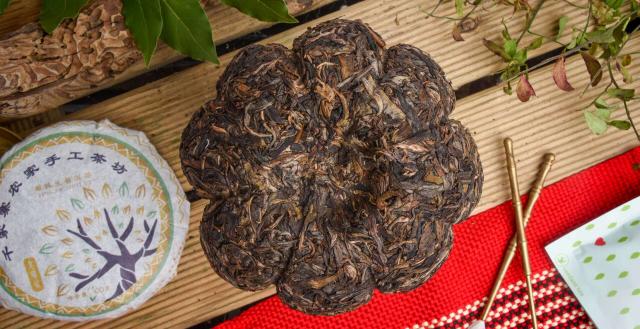
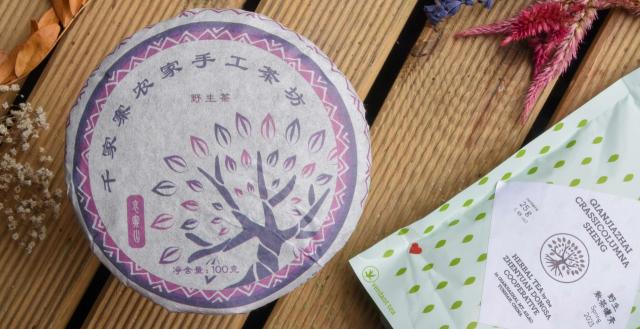


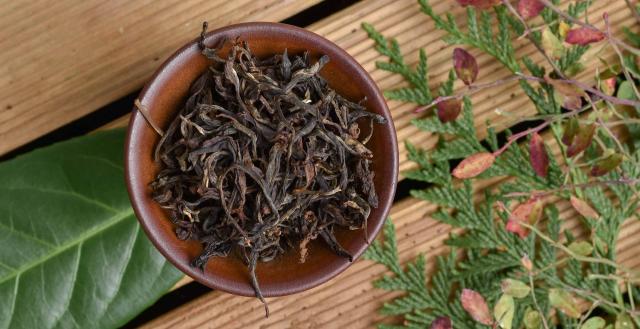



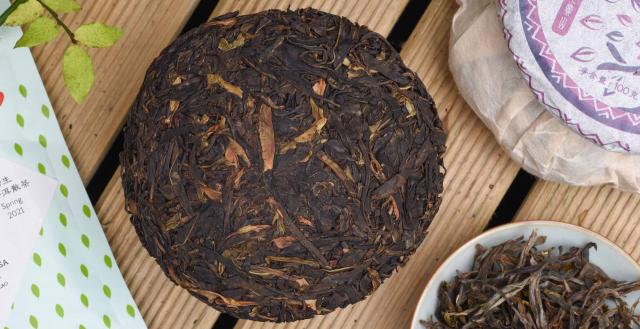


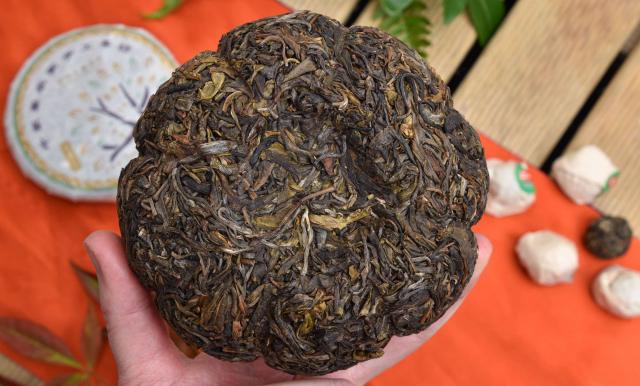
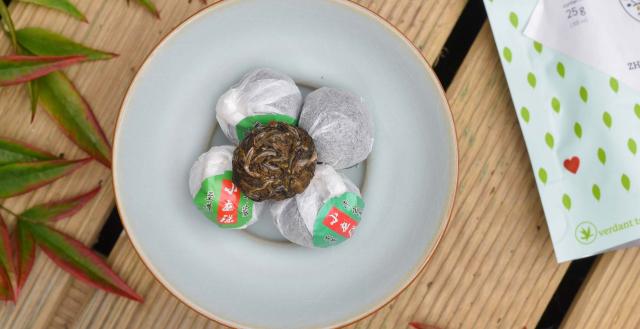

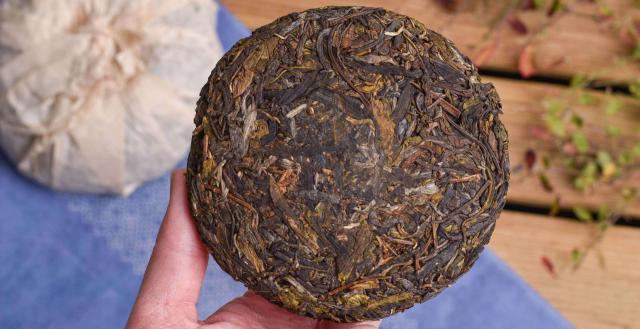
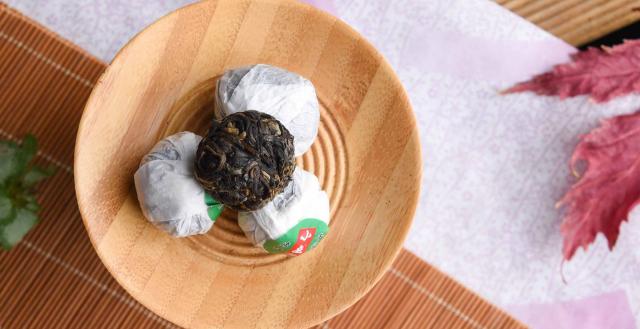




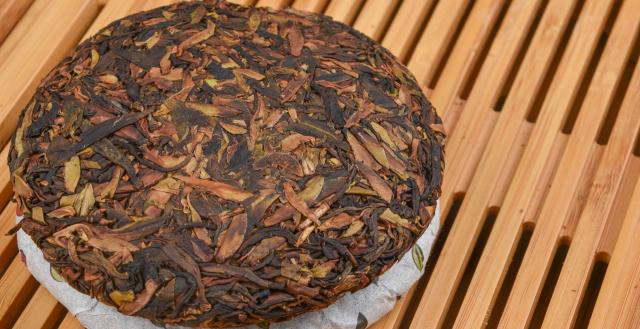
 Learn More About Chinese Black Tea
Learn More About Chinese Black Tea


